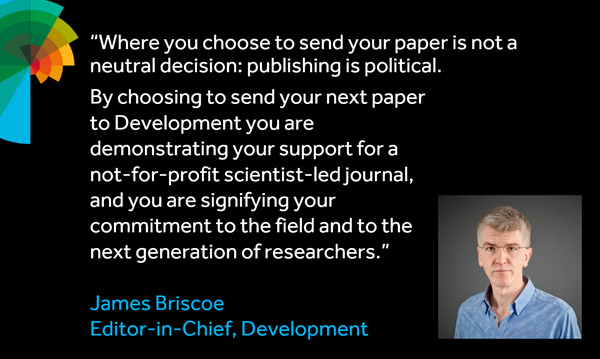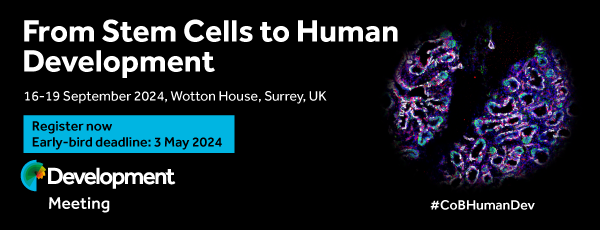
Gli proteins regulate the transcription of Hedgehog (Hh) target genes during vertebrate development, but can have different activities in different organisms. For example, mouse Gli1 is not required for development,whereas Gli2 is and activates Hh target genes; a function that Gli1 fulfils in frogs. So to investigate vertebrate gli gene conservation and function, Karlstrom and colleagues turned to zebrafish, where they discovered that the detour mutant is caused by loss of gli1function (see p. 1549). Their analyses of gli1 and gli2 functions in zebrafish show that these genes are functionally divergent from their mouse orthologues: zebrafishgli1 is an essential activator of Hh target genes, whereasgli2 has a minor developmental role and both activates and represses Hh targets. These surprising differences, the authors suggest, might underlie divergent requirements for the genes in each species. Moreover, an as-yet-unidentified zebrafish gli gene might compensate for reduced Gli2 activity.








